AZ Minimum wage hike continues to challenge small businesses in rural areas
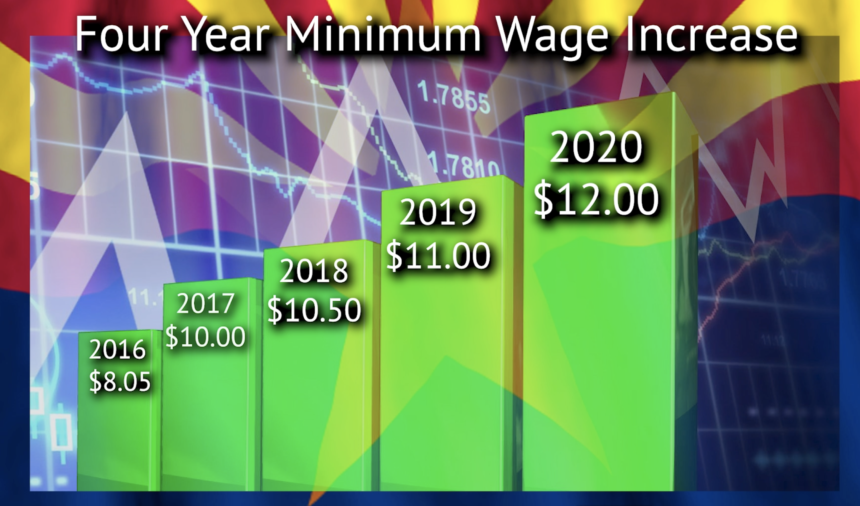
Proposition 206 raised the minimum wage to $12.00 an hour January 1, of 2020.
YUMA, Ariz. (KYMA, KECY) - Over the past four years minimum wage employees in Arizona have received a pay raise stemming from the voter approved proposition 206.
For employees it was a nearly 40 percent increase, over a four year span that started in 2016. The same time small business owner Krista Ducharme, purchased her shop in a rural community in Yuma County.
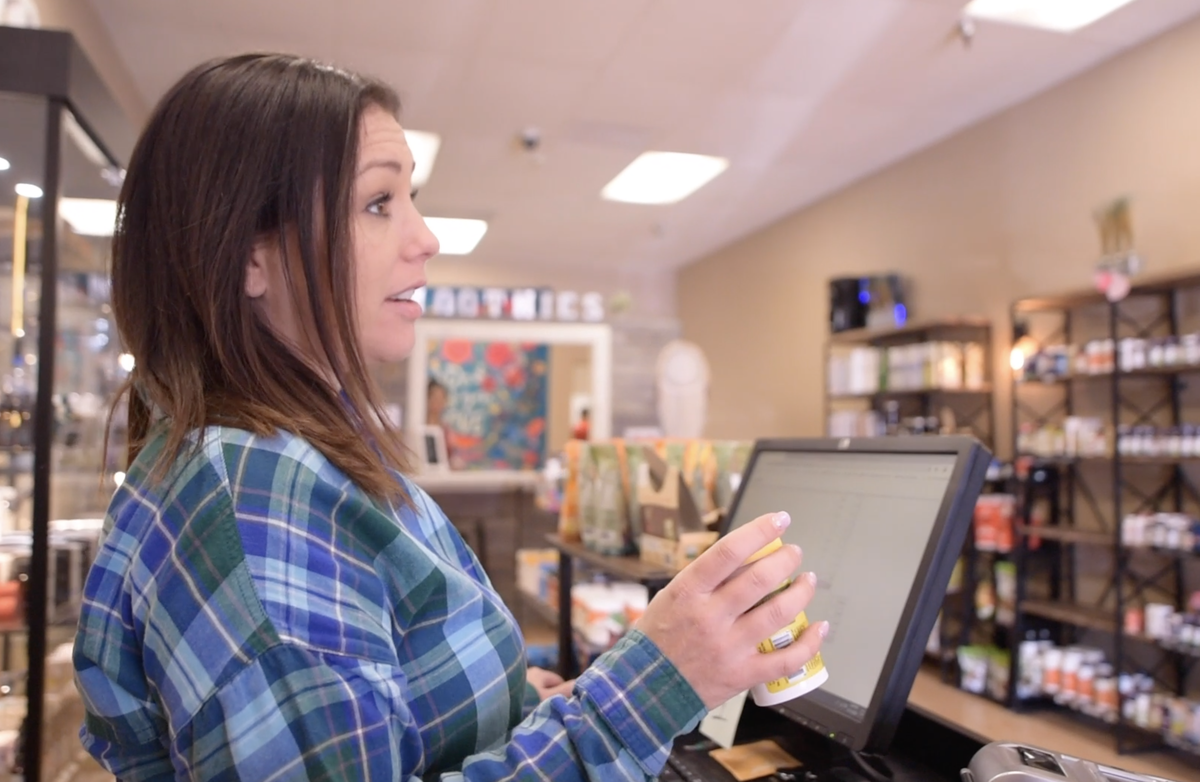
"2016 is when I wanted to venture and have my own businesses," Krista Ducharme shared." I bought Sunshine Herbs."
Previously living in California, Ducharme moved to Yuma and while going through the process of purchasing Sunshine Herbs, Proposition 206 passed.
The minimum wage for Arizona workers in 2016 was $8.05 an hour. Proposition 206 increased the wage in increments over a four year period where it would hit $12.00 an hour by 2020.
The first of four installments raised the wage to $10.50 in 2017.
Michelle Sims, a Professor of Economics at Arizona Western College, centered her Doctoral research on that first increase.

"It was an opportunity to examine how the initial increase, which was about 20 percent,would affect rural small business owners," professor Sims said.
Research found that 70 percent had to increase prices, while 50 percent of businesses surveyed had to cut work hours.
85 percent suffered from wage compression, according to Professor Sim's research.
"The more seasoned employees, that have been there for years and have slowly climbed the latter of the wage rate in that industry, were making the same rate," She explained.
That was one challenge Ducharme's business experienced. Especially for the employees who held managerial positions and had a higher wage before the minimum wage increased.
"It is hard for me to compensate them when everyone is making a higher minimum wage," Ducharme said. "It is already hard to be a retail store...I don't want to raise my prices because then people don't want to buy anything."
Over the next three years the minimum wage would continue to rise. By 2018, it went to $10.50.
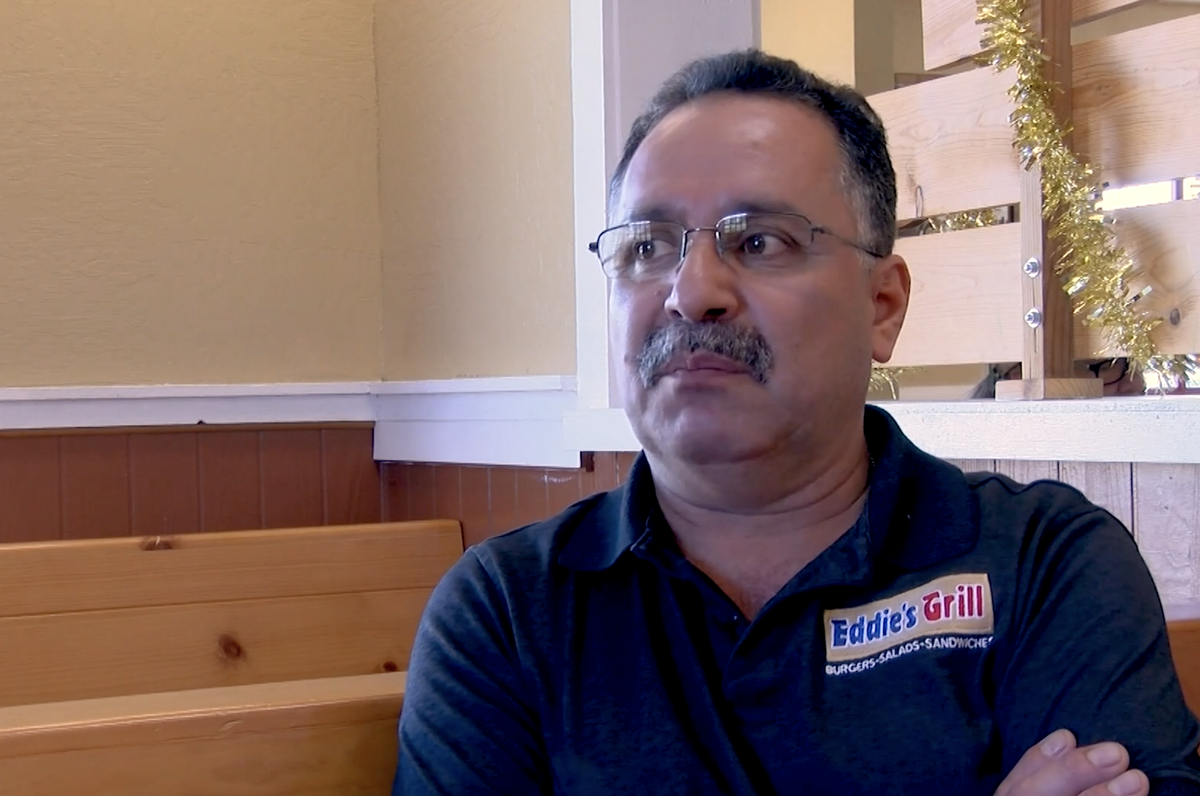
It wasn't until 2019 that Eddie's Grill, a restaurant in Yuma, felt the increase.
"If it gets out of hand we're going to have to start cutting hours on employees, which is one of our biggest fears," Jose Villa, owner of Eddie's Grill said in a 2019 interview with KYMA.
While hours could be cut, it could also result in an influx of part-timers, according to John Courtis with the Yuma Chamber of Commerce, an advocate for more than 800 small businesses.
"Prop 206 changed lots businesses, it also had government overreach and government telling businesses how much profit they were going to make, and what they pay their people," John Courtis, Executive Director for the Yuma Chamber of Commerce said.
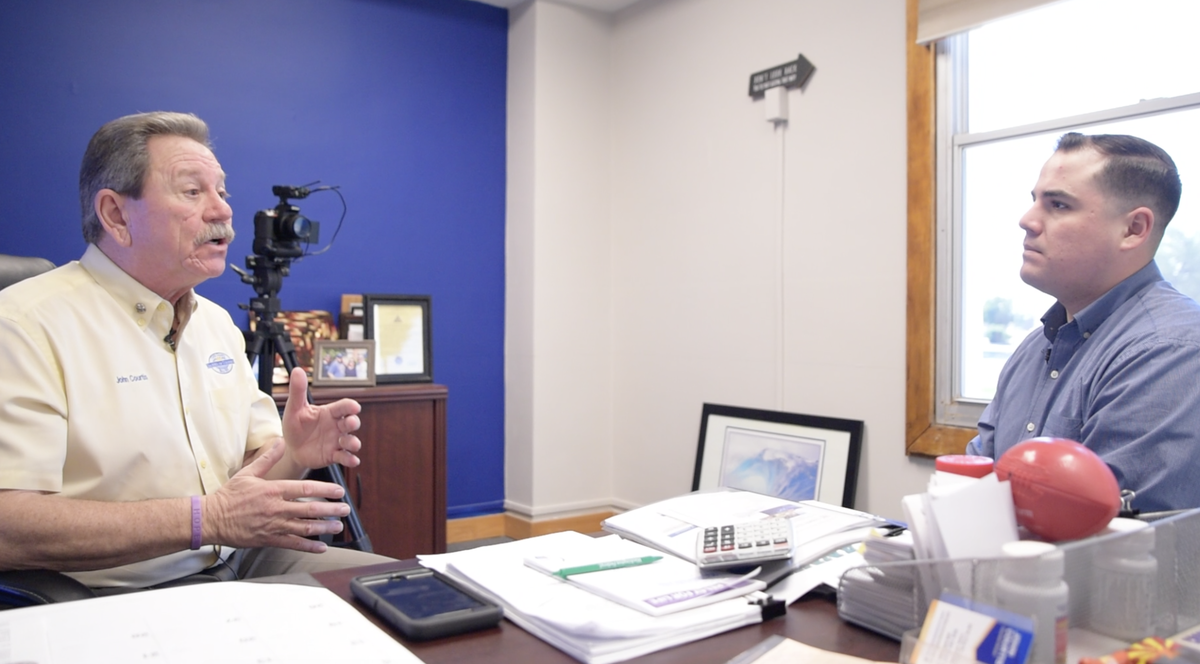
Some of the bigger chains have curved paying minimum wage employees more, by implementing automation.
"McDonalds has perfected a way to deliver a big mac without touching human hands, think about the automation," Courtis said. "That is going to continue as labor laws and labor costs go up."
While it challenged businesses, it gave minimum wage workers a raise, and for Angelica Carrillo that was something she hoped would continue.
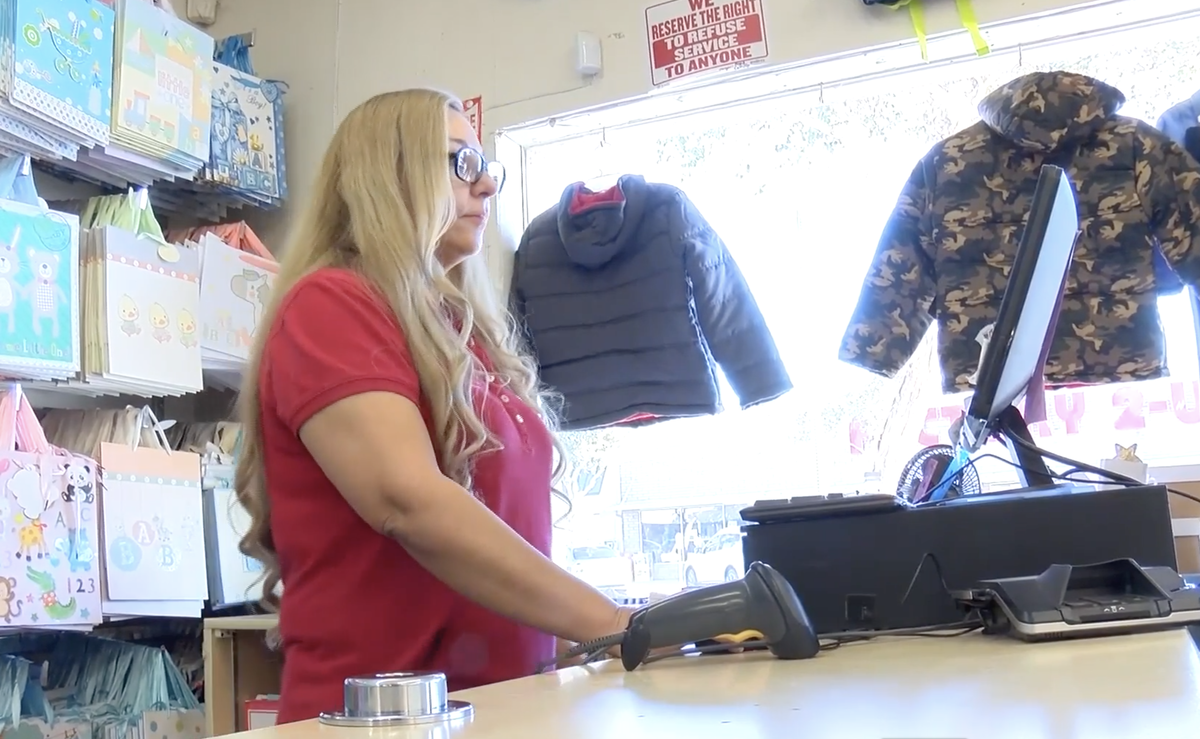
"For someone with a family like me it puts more money in our pockets and our savings," Angelico Carrillo, a minimum wage employee at Kids Club said in a 2019 interview with KYMA. "I hope they continue to do it, so we can live better and not paycheck-to-paycheck."
This year the minimum wage reached its final installment, $12.00 an hour, a pay increase of $3.50 since 2016.
"When 2020 hit I did my first payroll and it was quite an increase, I am definitely feeling it more than ever," Ducharme said.
Although her business struggled over the four year span, and at times caused her to run the store herself, Ducharme worked through the minimum wage increase and was still able to open a second location this year.
"We're just going to see how this one goes," she said.
Employers did see a higher efficiency rate from employees after receiving those over-the-year pay increases, according to professor Sim's research analysis.
